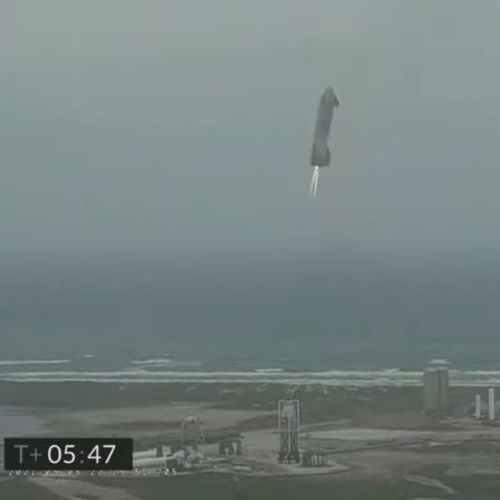Boeing gets NASA contract to develop new airplane wing design
In its effort to reduce fossil fuel use and thus save us from being burned to death by global warming in only a decade, NASA has now awarded Boeing a contract to develop new airplane wing design that it predicts will lower fuel use by up to 30%.
The X-66A is the X-plane specifically aimed at helping the United States achieve the goal of net-zero greenhouse gas emissions by 2050. To build the X-66A, Boeing will work with NASA to modify an MD-90 aircraft, shortening the fuselage and replacing its wings and engines. The resulting demonstrator aircraft will have long, thin wings with engines mounted underneath and a set of aerodynamic trusses for support. The design, which Boeing submitted for NASA’s Sustainable Flight Demonstrator project, is known as a Transonic Truss-Braced Wing.
While developing a more efficient wing design is certainly worthwhile, having skepticism about this project is certainly reasonable. First of all, it seems somewhat strange to award Boeing such a contract at this time, considering NASA own experience with the company with Starliner, as well as that company’s problems with other government contracts for the military.
Secondly, the press release makes a big deal about the project getting an X-plane designation, an entirely superficial and PR related title that if anything suggests there is very little steak to this sizzle.
Third, it is unclear the nature of this contract. Is is cost-plus, or fixed price? The press release says NASA will “invest $425 million over seven years, while the company and its partners will contribute the remainder of the funding, estimated at about $725 million.” If cost-plus, this means nothing. Boeing will use any excuse to go over budget in order to get more money from NASA.
Finally, half a billion dollars to develop and test a new airplane wing design, using an already existing airplane, seems incredibly exorbitant. And to require seven years to build it seems ridiculously long.
All in all, I suspect the real goal of this project is to funnel tax dollars to Boeing to help keep it afloat, not to build a new green airplane.
In its effort to reduce fossil fuel use and thus save us from being burned to death by global warming in only a decade, NASA has now awarded Boeing a contract to develop new airplane wing design that it predicts will lower fuel use by up to 30%.
The X-66A is the X-plane specifically aimed at helping the United States achieve the goal of net-zero greenhouse gas emissions by 2050. To build the X-66A, Boeing will work with NASA to modify an MD-90 aircraft, shortening the fuselage and replacing its wings and engines. The resulting demonstrator aircraft will have long, thin wings with engines mounted underneath and a set of aerodynamic trusses for support. The design, which Boeing submitted for NASA’s Sustainable Flight Demonstrator project, is known as a Transonic Truss-Braced Wing.
While developing a more efficient wing design is certainly worthwhile, having skepticism about this project is certainly reasonable. First of all, it seems somewhat strange to award Boeing such a contract at this time, considering NASA own experience with the company with Starliner, as well as that company’s problems with other government contracts for the military.
Secondly, the press release makes a big deal about the project getting an X-plane designation, an entirely superficial and PR related title that if anything suggests there is very little steak to this sizzle.
Third, it is unclear the nature of this contract. Is is cost-plus, or fixed price? The press release says NASA will “invest $425 million over seven years, while the company and its partners will contribute the remainder of the funding, estimated at about $725 million.” If cost-plus, this means nothing. Boeing will use any excuse to go over budget in order to get more money from NASA.
Finally, half a billion dollars to develop and test a new airplane wing design, using an already existing airplane, seems incredibly exorbitant. And to require seven years to build it seems ridiculously long.
All in all, I suspect the real goal of this project is to funnel tax dollars to Boeing to help keep it afloat, not to build a new green airplane.

